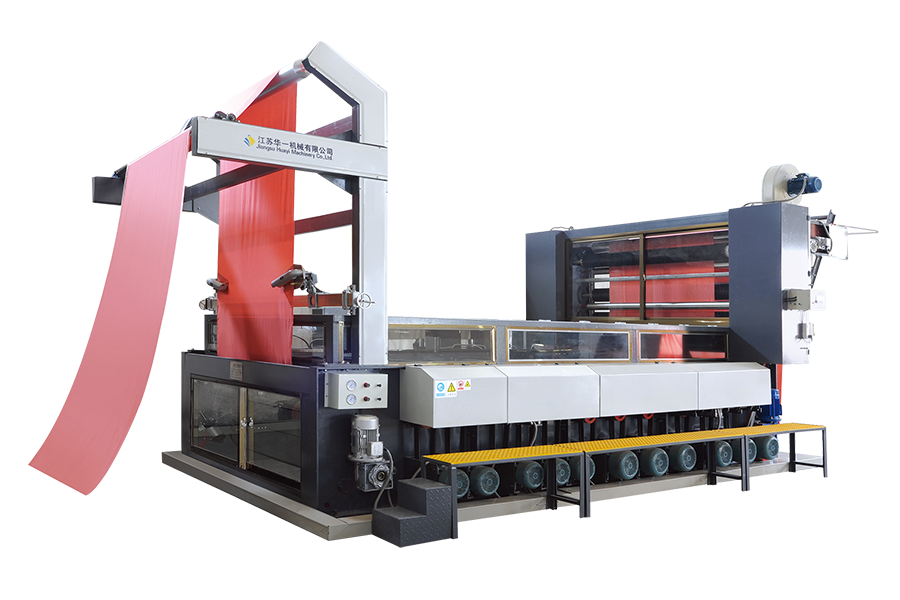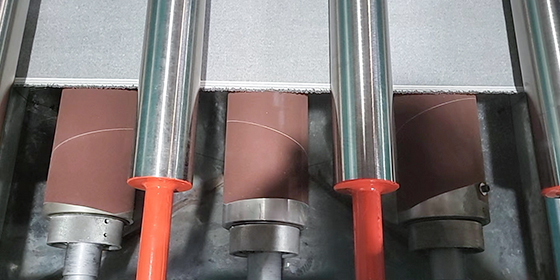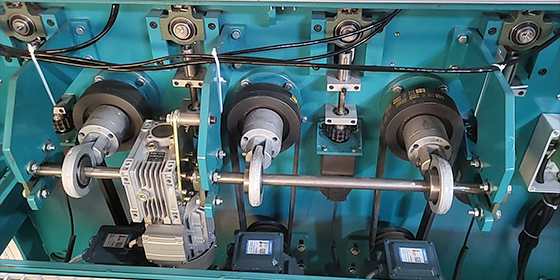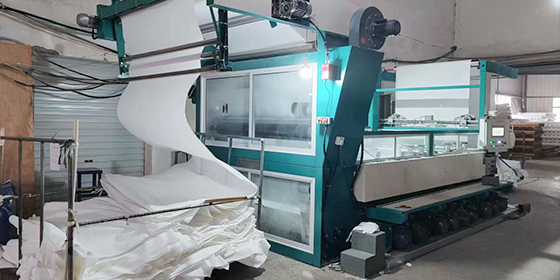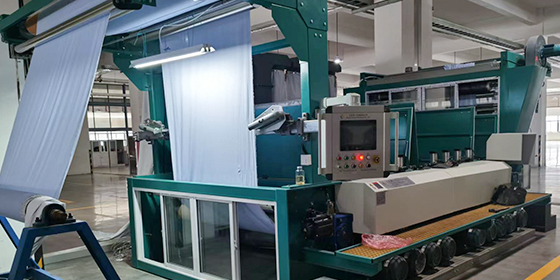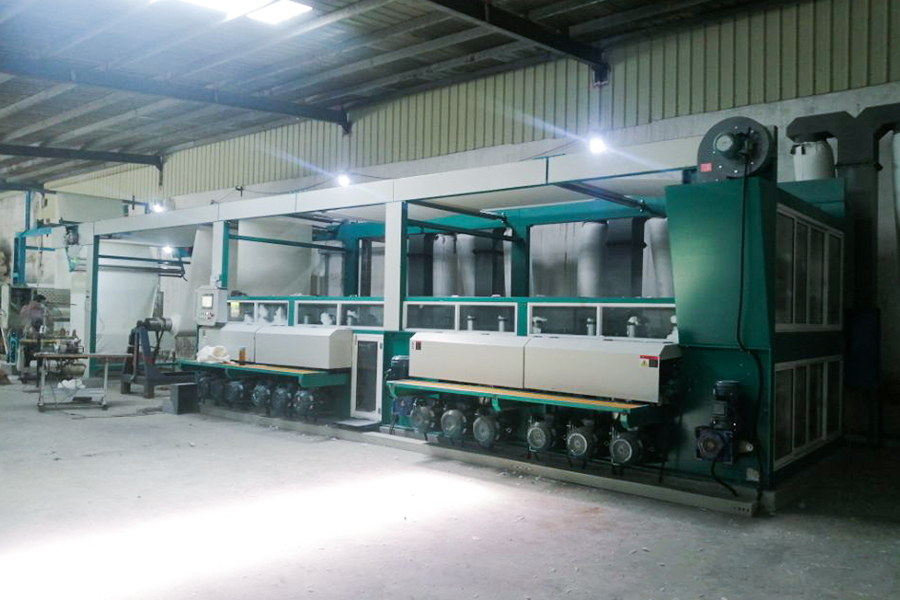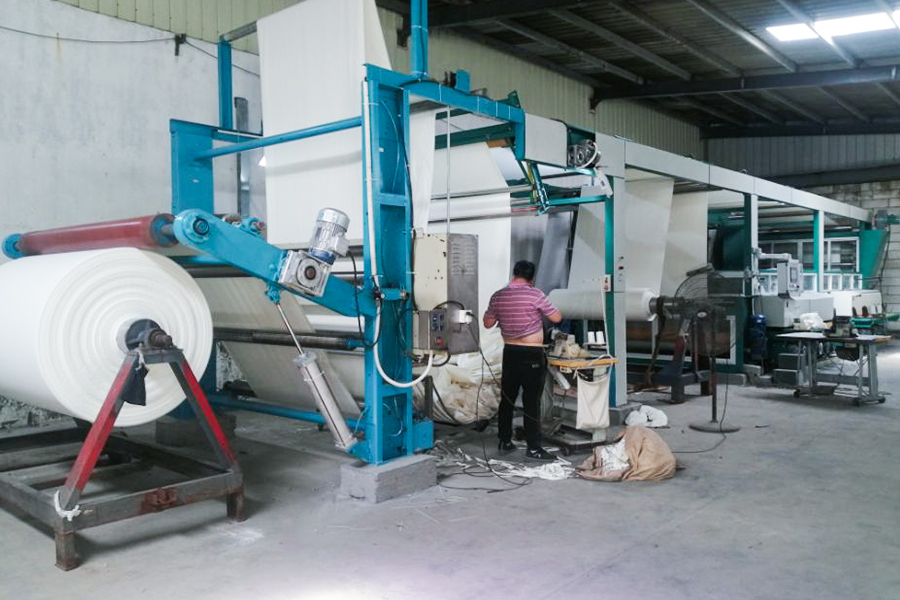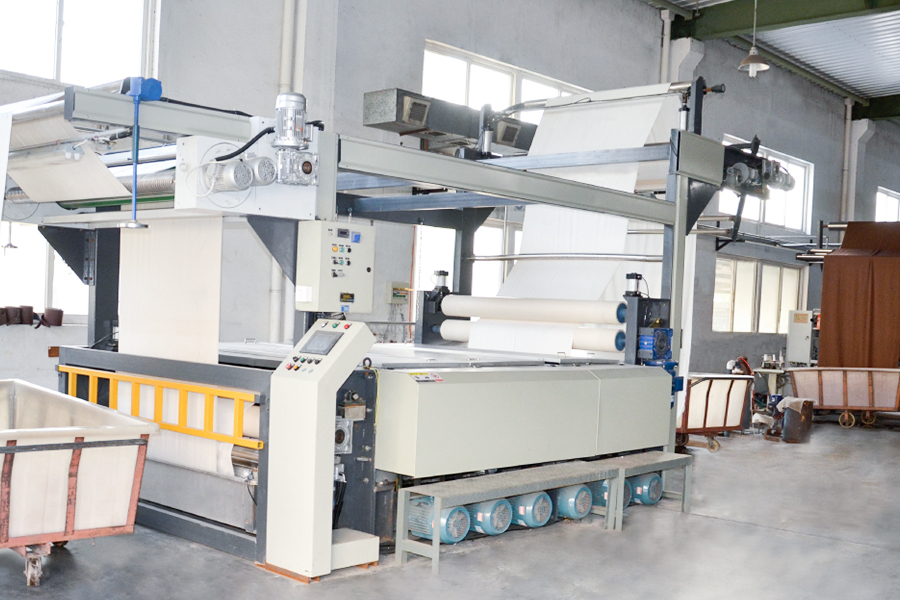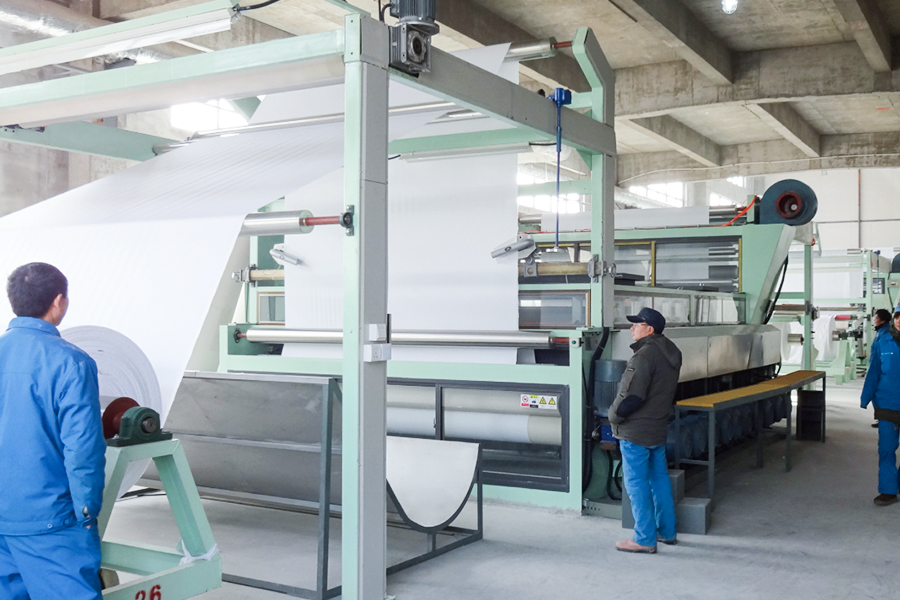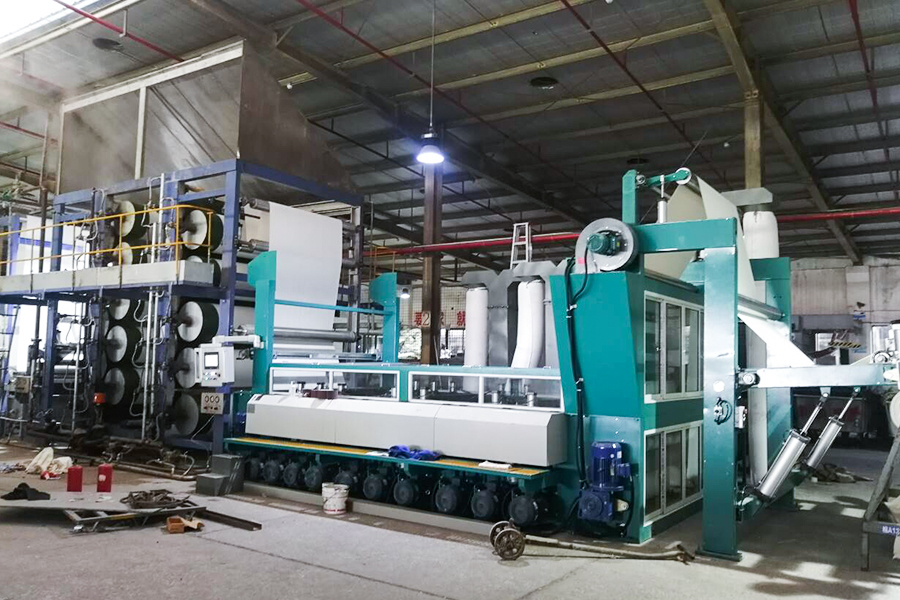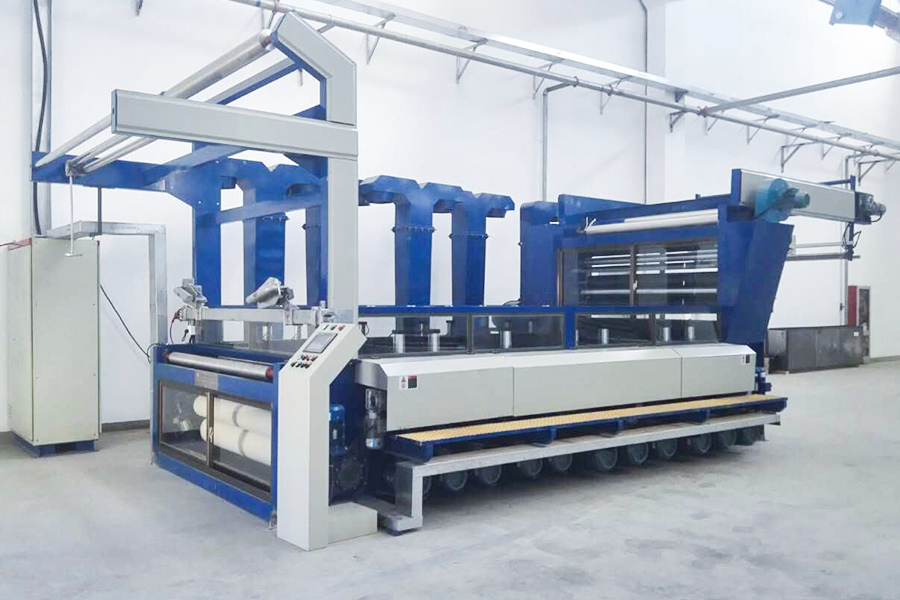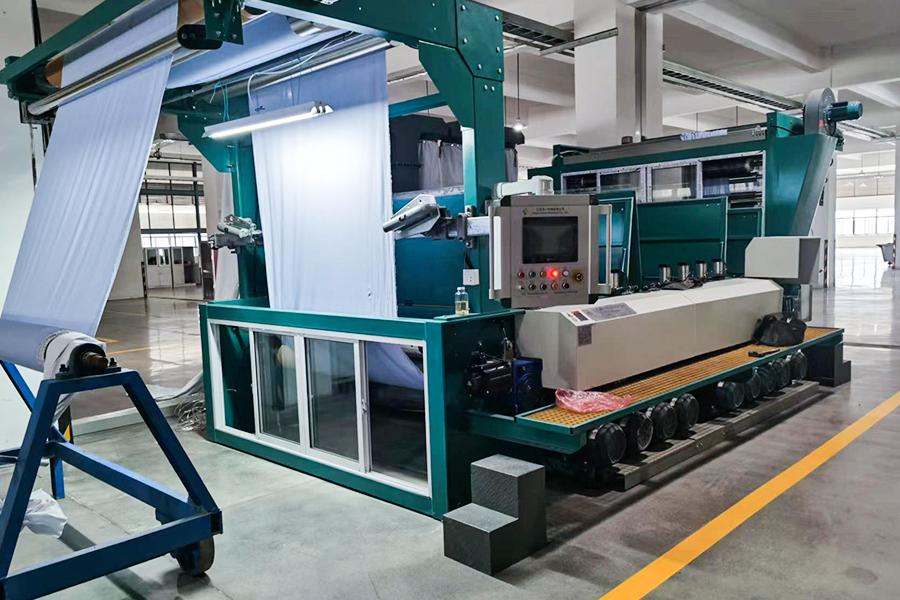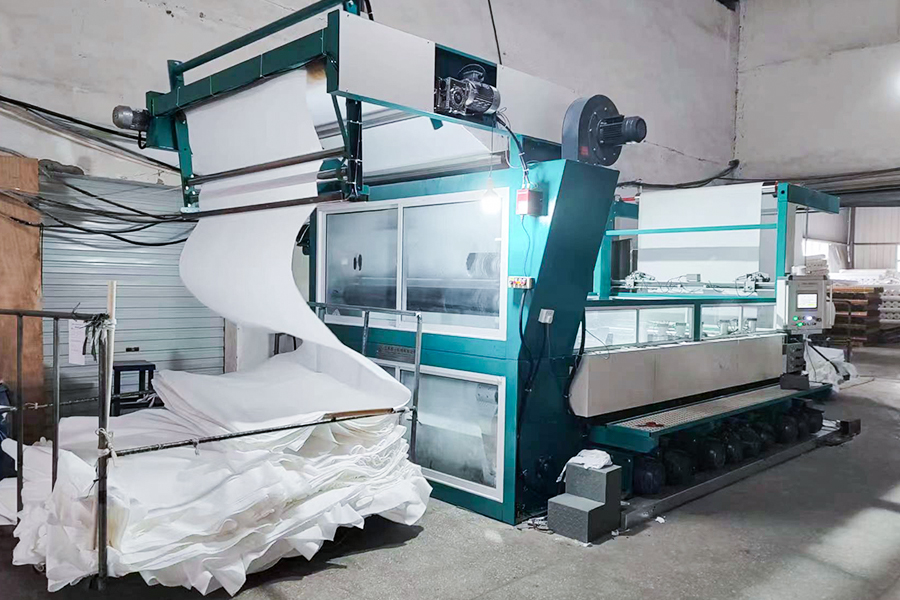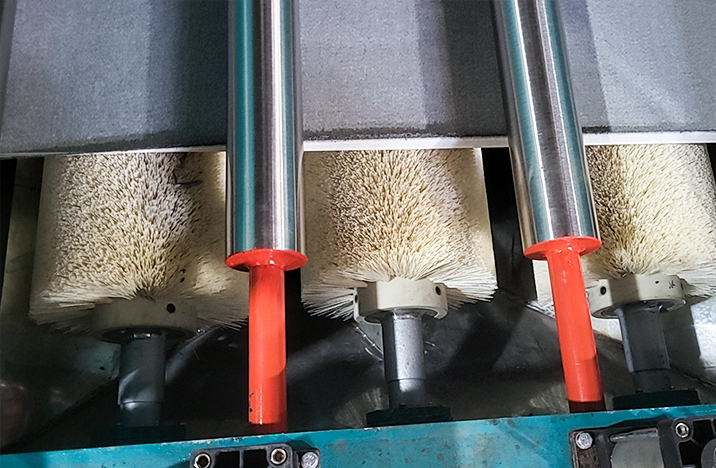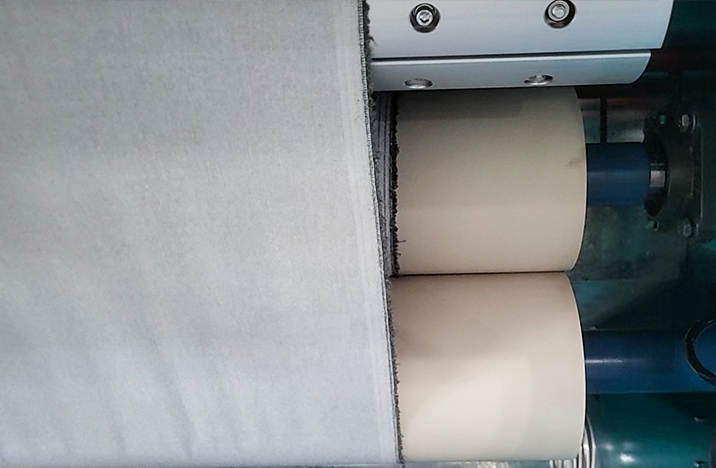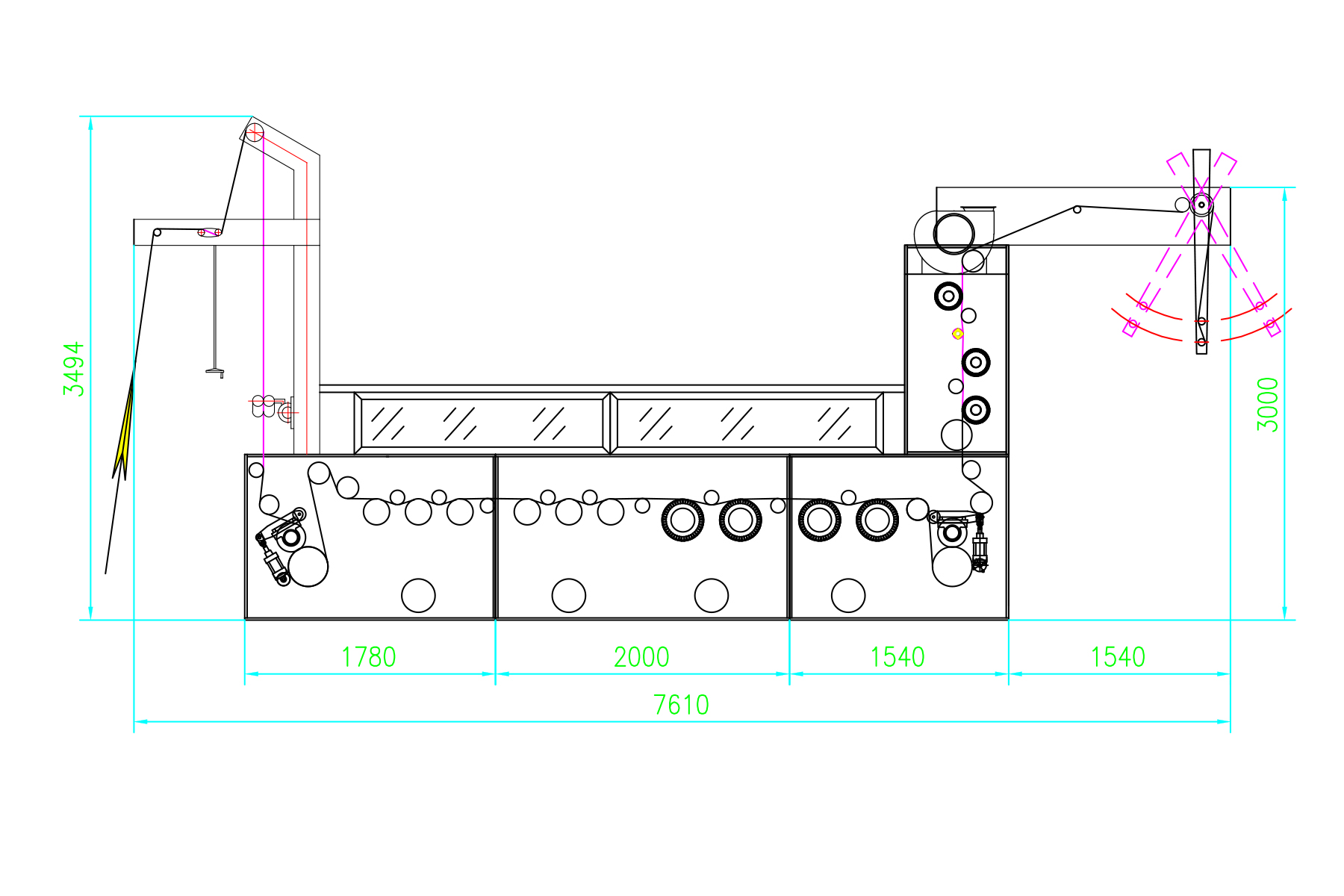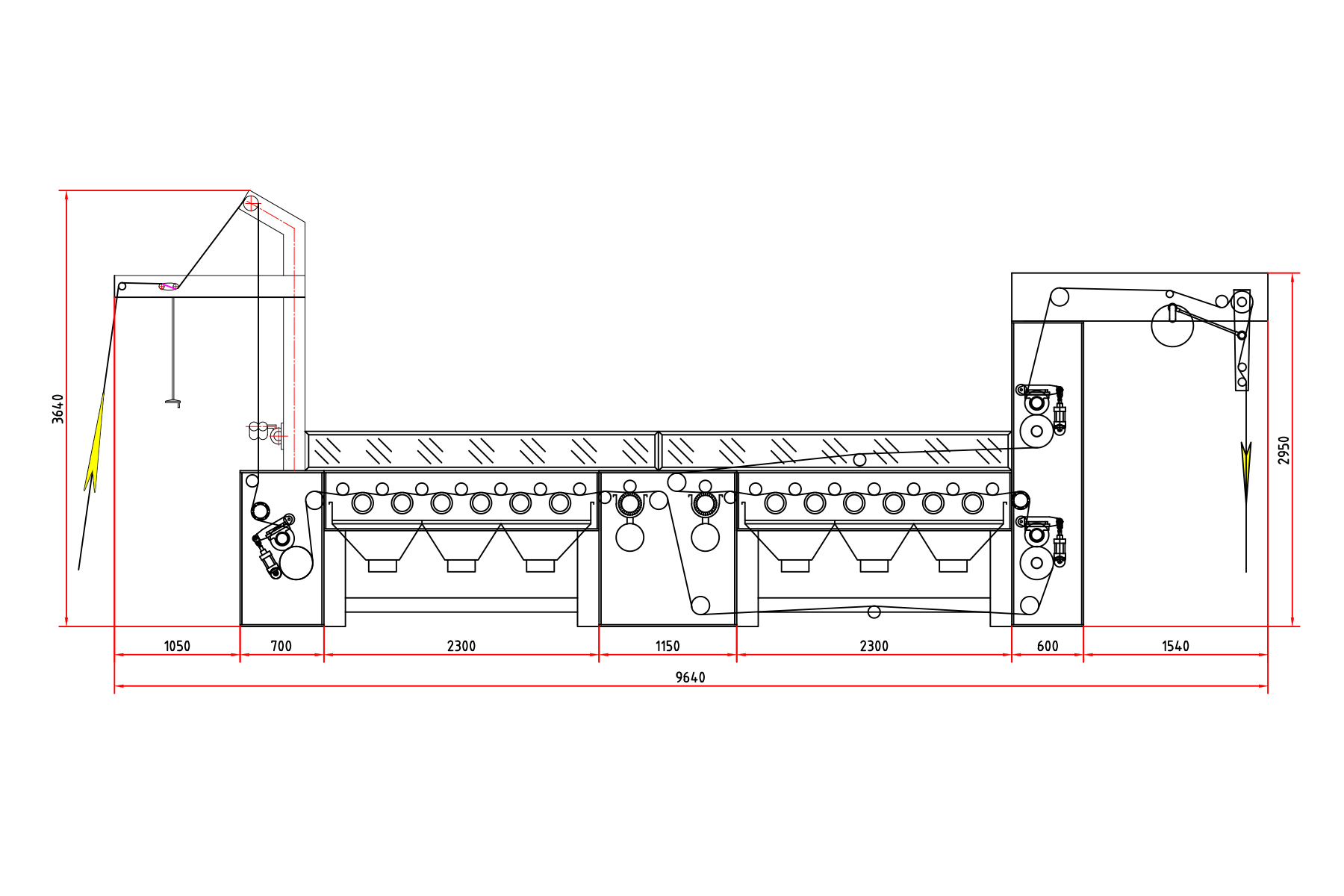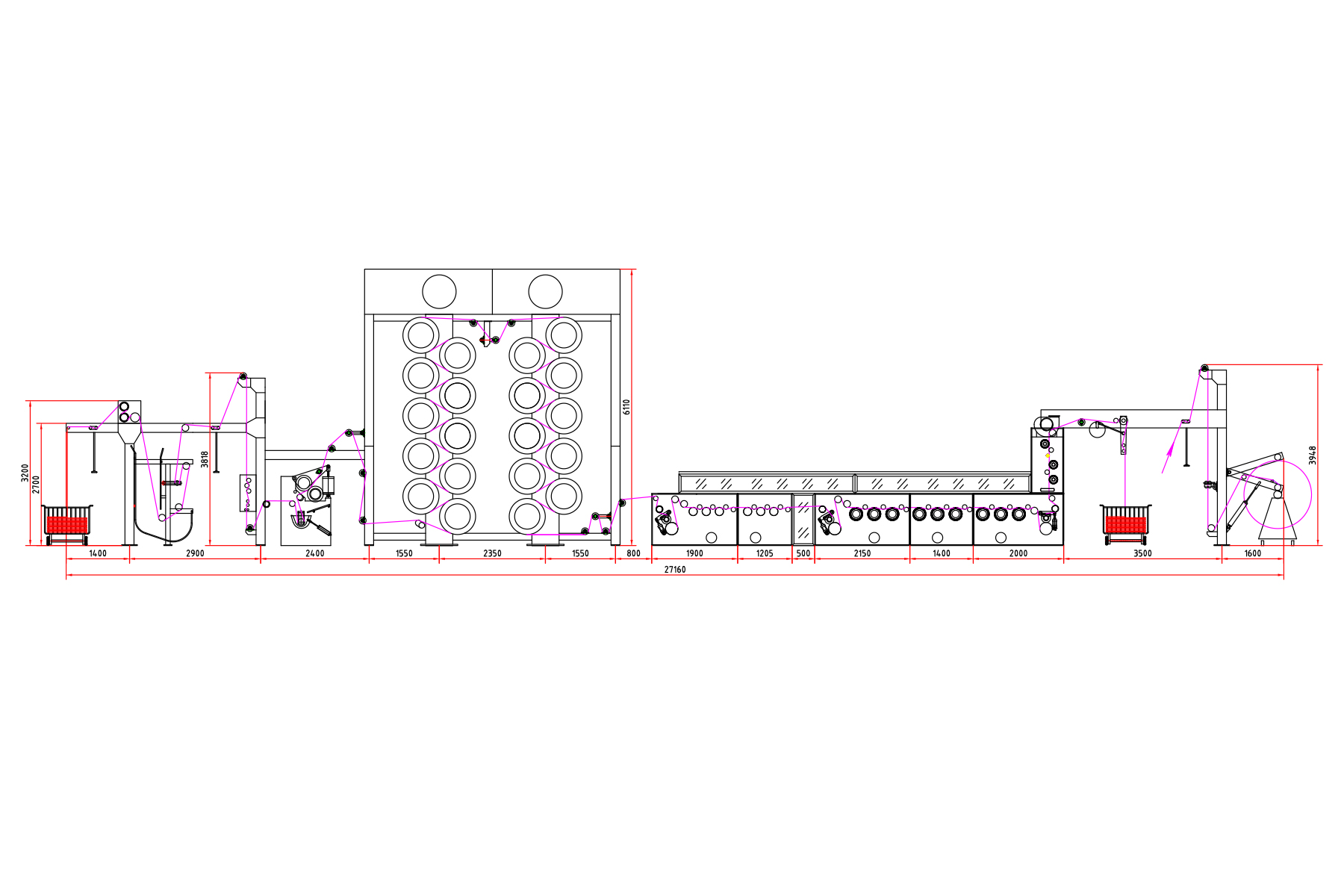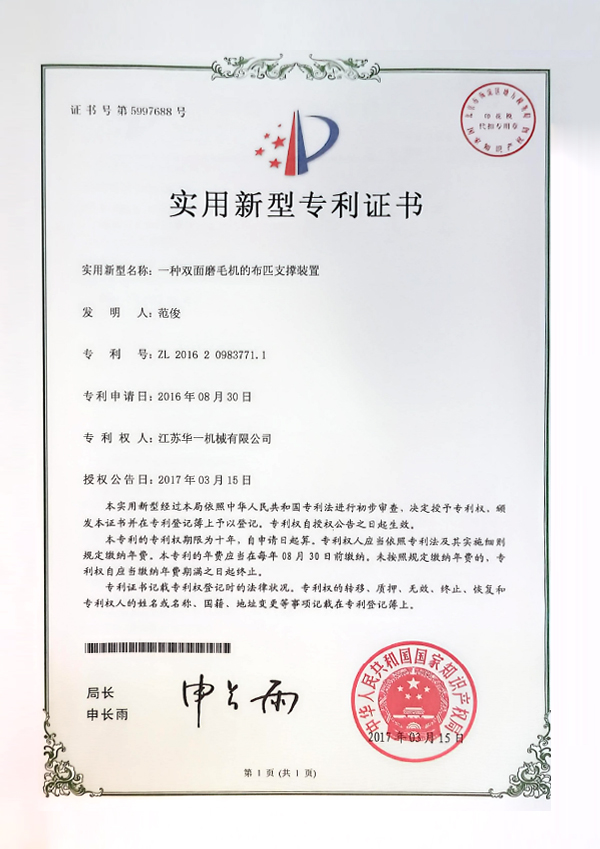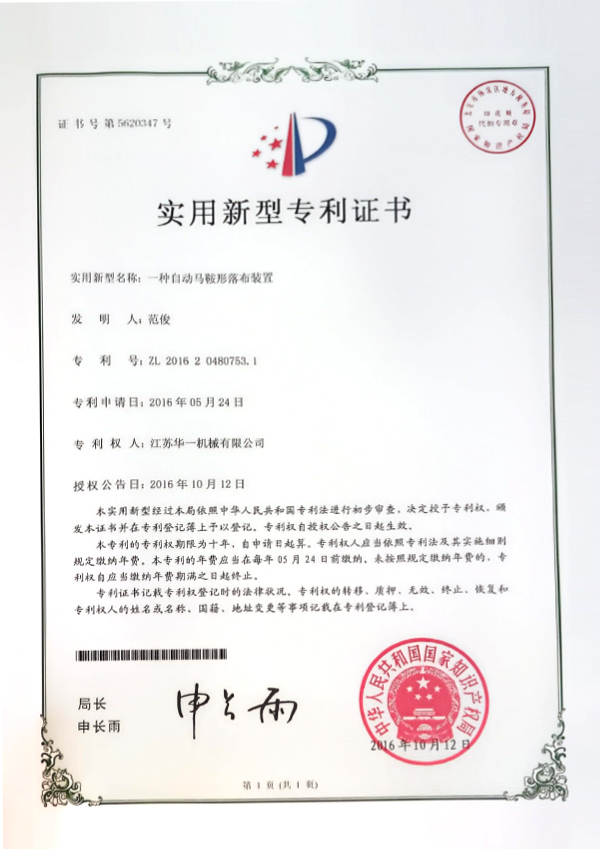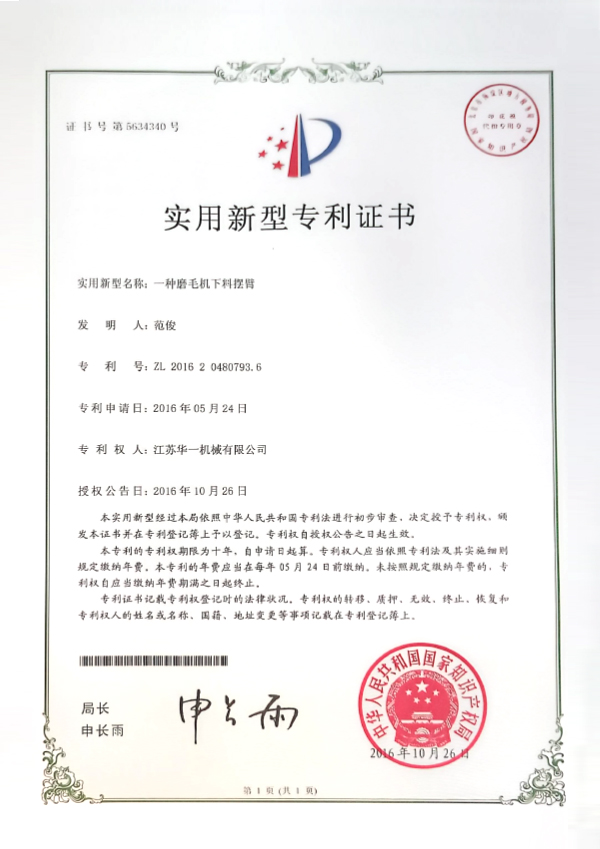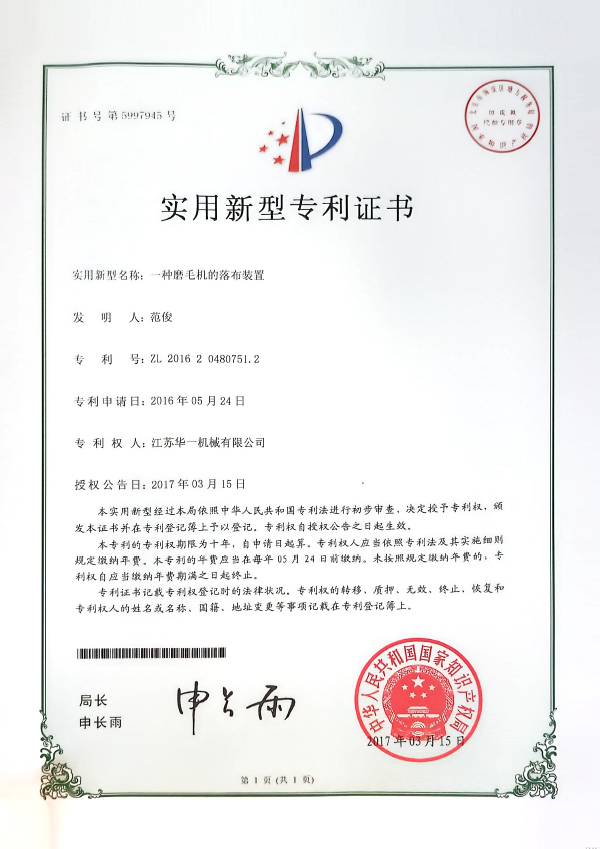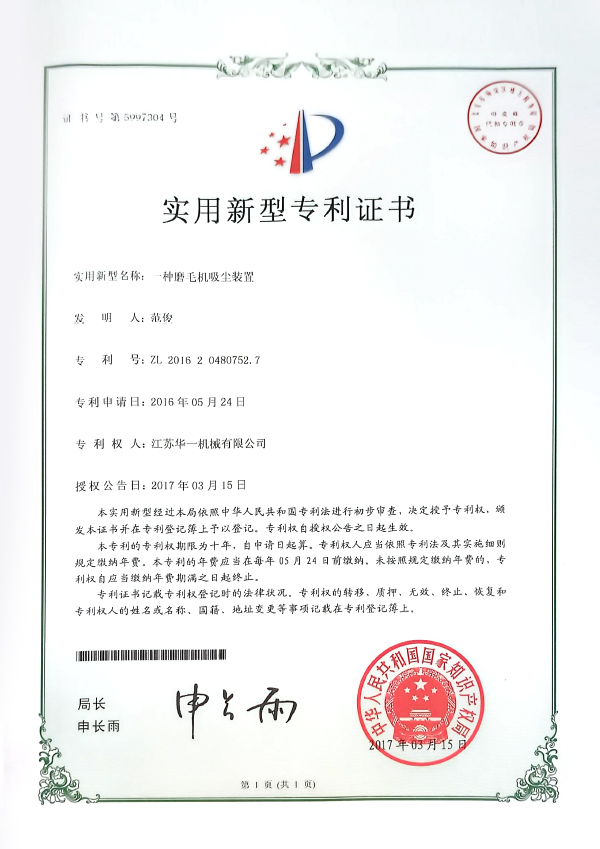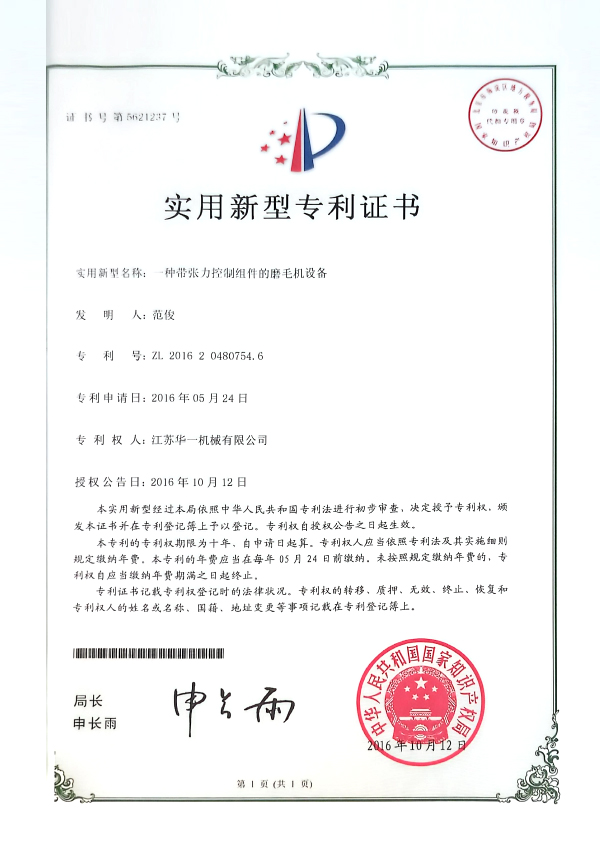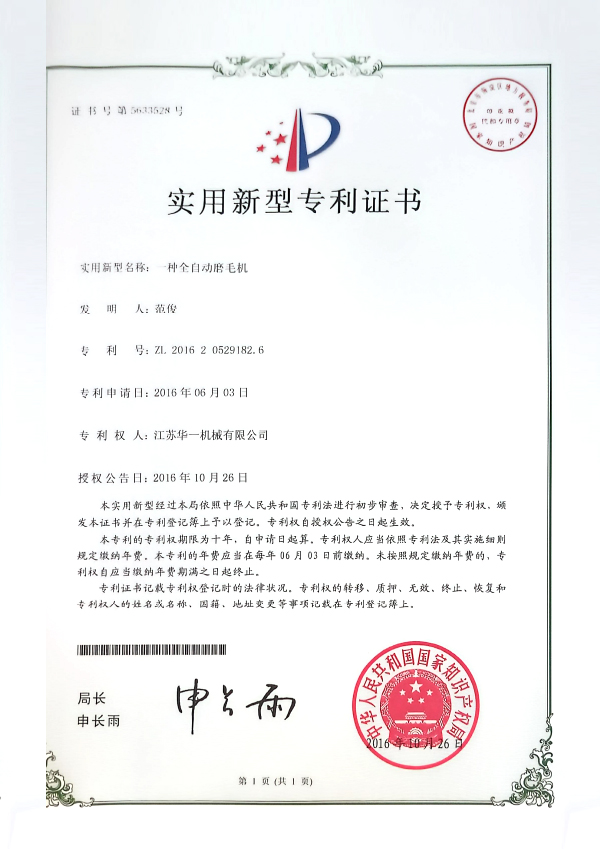What is a horizontal composite sanding machine, and what are its core technological advantages?
The Horizontal Combined Sueding Machine MW-Model is an advanced device designed specifically for textile finishing. It utilizes a combination of multiple abrasives to achieve efficient sanding of various fabrics. The term "horizontal composite" refers to the machine's use of multiple sets of grinding rollers arranged horizontally, allowing for simultaneous or alternating use of different abrasive materials, such as sandpaper, carbon fiber, and ceramic fiber. This design enables diverse and precise sanding results, meeting the processing requirements of a wide range of products, from ordinary cotton fabrics to high-end home textiles and functional fabrics.
Advantages of composite abrasive technology: Sandpaper abrasives offer strong grinding force, making them suitable for rougher fabrics. They effectively remove surface impurities and enhance the overall cleanliness of the fabric. Carbon fiber abrasives offer both flexibility and strength, maintaining fabric integrity while refining the nap structure and creating a softer feel. Ceramic fiber abrasives are wear-resistant and heat-resistant, making them particularly suitable for delicate sanding processes, ensuring stable processing quality even over extended periods of operation. The flexible combination of various abrasives enables the MW sanding machine to adjust the sanding intensity and style to suit the characteristics of different fabrics, delivering a rich and precise finishing effect.
Precise Control of the Independent Variable Frequency Drive System: Each grinding roller is equipped with an independent variable frequency drive, greatly enhancing the machine's flexibility and controllability. Through the inverter, the operator can precisely adjust the roller speed and pressure according to the needs of different fabrics, achieving multi-level, step-by-step fine-tuning of the sanding effect, ensuring consistent and high-quality product from batch to batch. Furthermore, the independent drive allows individual grinding rollers to be started, stopped, and adjusted independently, minimizing production impacts caused by overall equipment downtime and improving production efficiency.
Advanced Tension Control System and Horizontal Movement Mechanism: Maintaining uniform tension on the fabric during the sanding process is critical to ensuring the quality of the finished product. The Horizontal Combined Sueding Machine MW-Model utilizes high-precision tension control technology, monitoring and automatically adjusting fabric tension in real time to prevent uneven stretching, deformation, or wrinkling during processing, thereby ensuring uniform sanding and a smooth surface. The machine's lateral motion system also enables stable oscillation across the width of the fabric, ensuring uniform contact between the grinding roller and the fabric, eliminating edge effects and preventing over- or under-sanding. The coordination of the tension and lateral motion system ensures consistent and visually appealing results from edge to center.
How does the structural design of the MW-type equipment improve operational convenience and maintenance efficiency?
The Huayi MW-type horizontal compound suede sanding machine's structural design fully considers the efficiency and sustainability requirements of modern textile production, with numerous optimizations and innovations specifically focused on operational convenience and maintenance efficiency.
Independent variable frequency drive design improves operational precision: As the core component of the suede sanding machine, the speed and pressure of the grinding roller directly affect the uniformity and quality of the sanding effect. The Huayi MW-type suede sanding machine equips each grinding roller with an independent variable frequency drive system, enabling the operator to precisely adjust the speed and force of each individual grinding roller based on the characteristics of the fabric and production requirements. This independent control not only enhances operational flexibility but also allows for rapid adjustments to local issues, avoiding full machine downtime, significantly improving production continuity and efficiency. The use of variable frequency drives (VFDs) ensures smoother starting and stopping, reduces mechanical shock, and extends equipment life. It also reduces operators' reliance on complex parameter adjustments, simplifies operational procedures, and shortens training time.
The lateral motion mechanism emphasizes durability and ease of maintenance: The MW model sueding machine's lateral motion system utilizes high-quality materials and a modular structure, ensuring mechanical stability and durability under long-term, high-intensity production conditions. This mechanism enables precise oscillation of the fabric widthwise, ensuring uniform contact between the roller and the fabric and eliminating uneven edge sueding.To facilitate maintenance, Huayi has optimized the disassembly, assembly, and lubrication of the lateral motion mechanism. Using quick-release components and a low-maintenance design, maintenance personnel can quickly complete cleaning, lubrication, and replacement tasks, minimizing downtime. This not only reduces maintenance costs but also ensures efficient production line operation.
Intelligent Monitoring and User-Friendly Design: The MW model is equipped with an advanced digital monitoring system that displays key parameters such as roller speed, tension, and fault alarms in real time, helping operators identify potential problems and prevent equipment failures. The control panel features a well-organized layout and a user-friendly interface. Combined with automated functions, the machine is easy and intuitive to operate, making it easy for even novice users to quickly master the process.
What fabrics and applications are suitable for the MW-type sueding machine?
The Huayi’s Horizontal Combined Sueding Machine MW-Model, with its superior technical performance and flexible abrasive combination capabilities, has an extremely wide range of applications, meeting the diverse finishing needs of various fabrics and industries.
It is suitable for a wide range of fabrics, including cotton and various blends
The MW-type sueding machine is particularly suitable for treating pure cotton fabrics, significantly enhancing their softness and velvety feel, giving clothing and home textiles a more comfortable touch and premium quality. Furthermore, the machine supports sueding of a variety of materials, including polyester, polyester-cotton blends, nylon blends, microfibers, and high-density fabrics, fully meeting the diverse material requirements of modern textiles.
By flexibly combining different abrasives, such as sandpaper, carbon fiber, and ceramic fiber, the MW-type sueding machine can achieve a variety of sueding styles and textures. It is suitable for home textiles that demand a natural and delicate velvety feel, as well as functional clothing that demands a specific feel and performance.
Widely used in a variety of industries, including apparel, home textiles, and automotive interiors
Apparel Industry: In the production of sportswear, casual wear, children's wear, and high-end fashion apparel, the MW-type sueding machine, through precise control and a diverse abrasive combination, effectively improves the softness and visual quality of fabrics, enhancing wearer comfort and market competitiveness.
Home Textiles: Sueding treatment creates a fine, velvety, and uniform surface finish for home textiles such as bedding, curtains, and sofa fabrics, enhancing product quality and tactile comfort, making it highly popular with consumers.
Automotive Interiors: Car seat fabrics and interior soft furnishings require high wear resistance and texture. The MW-type sueding machine's composite abrasive technology enhances fabric fineness and durability, giving car interiors a more upscale visual and tactile experience.

 简体中文
简体中文 English
English عربى
عربى